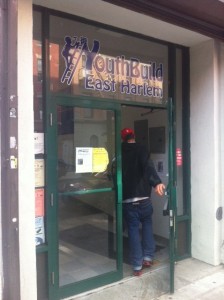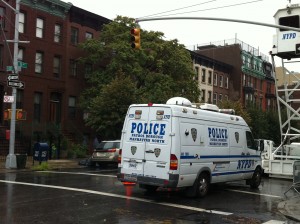In East Harlem, youth violence, especially gun-related crimes, have been a hot topic of conversation for the past several months. From the broad daylight shooting on 122nd Street and Third Avenue in late September to the many deadly gang-related shootings this summer, the violence among youth has put the neighborhood on edge.
Violence among youth is nothing new, but the recent surge in youth gun-related crimes have shed new light on the issue. From local elected officials implementing task forces to non-profit organizations focusing on youth initiatives, the community is taking various approaches to grappling with this pertinent issue.
One of those youth-focused organizations is East Harlem-based Youth Action Programs & Homes, Inc, part of YouthBuild Americorps. For nearly 33 years, the organization has used construction and community development projects to give youth members practical skills and leadership abilities, as well as presenting an alternative to the streets. Most of the young people in the program come without high-school diplomas and earn a GED at the completion of the 10-month course. All around East Harlem, the program’s youth members have helped build various affordable housing developments and buildings, keeping busy and out of the evident trouble that permeates the streets they work on daily.
Below is staff member Jacqueline Mason-Francis, speaking about YAPH and its role in the East Harlem community.


